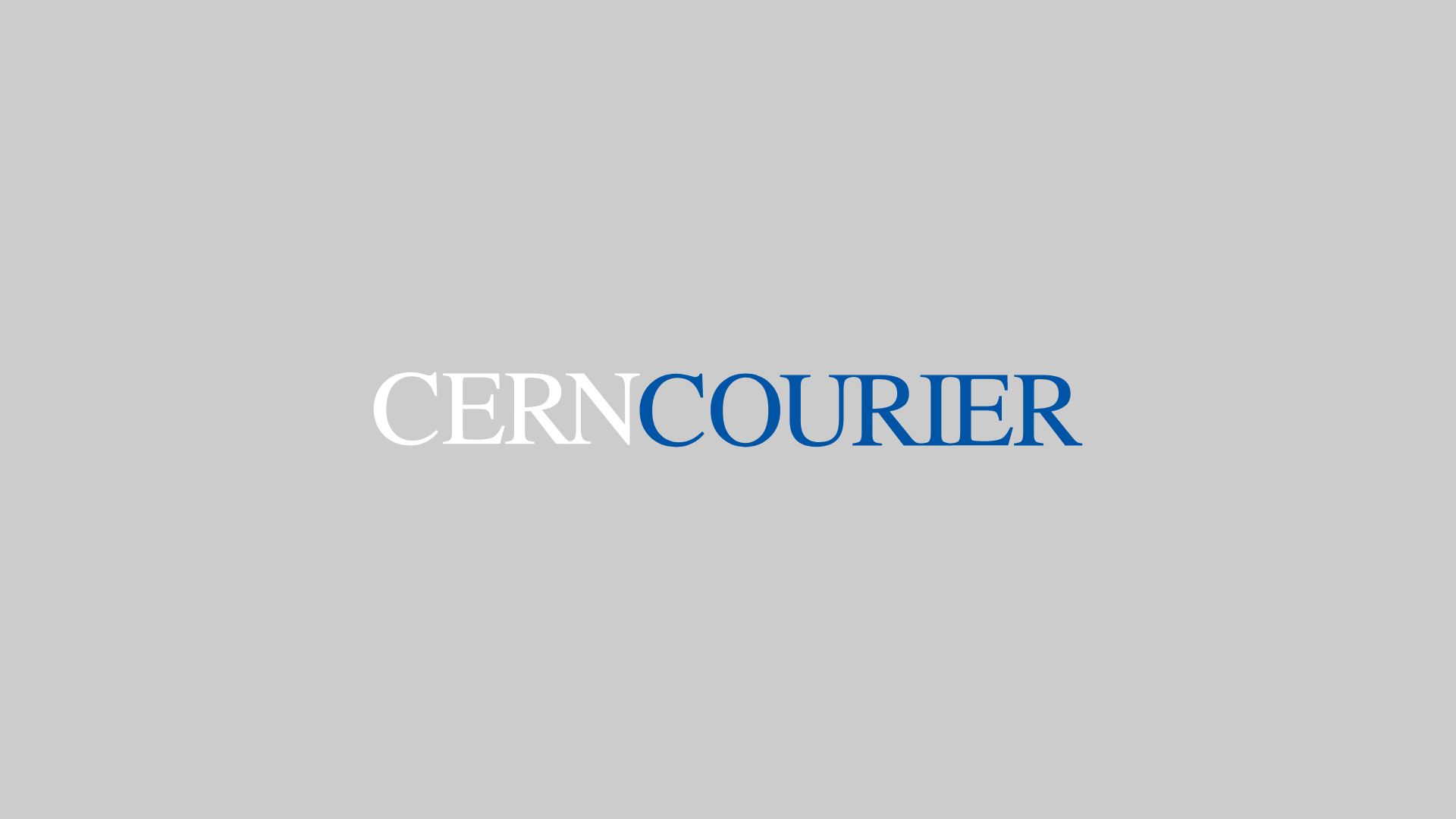 Read article 'Rare decay puts Standard Model on the spot'
Read article 'Rare decay puts Standard Model on the spot'
Rare decay puts Standard Model on the spot
The decay rate of the B0s meson to two muons is a flagship measurement in flavour physics. It is extremely rare and well predicted in the Standard Model (SM), with a branching fraction of (3.65±0.23)...












